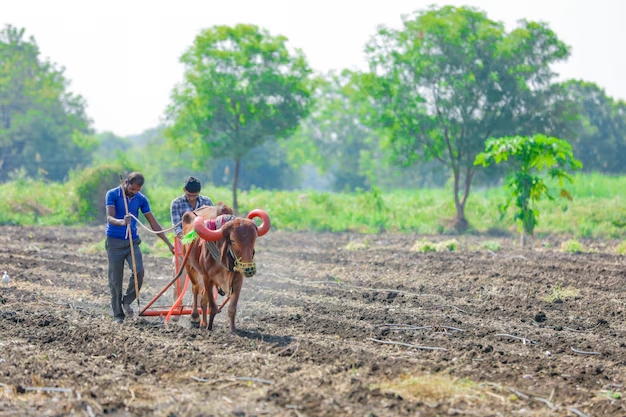The Bureau
of Indian Standards (BIS) is set to unveil a National Agriculture
Code to establish best practices in farming across the country. This
initiative is a crucial step towards enhancing agricultural
productivity, sustainability, and overall food security in India. However, as
the agriculture sector grapples with longstanding challenges, the success of
this code will depend on addressing the intricate nexus that often influences
agricultural policies and practices.
The National Agriculture Code is designed to create a
unified framework for farmers, policymakers, and stakeholders to adopt
standardized practices that promote sustainable agriculture. By establishing
guidelines for everything from crop rotation to pest management, the code aims
to bolster both environmental health and economic viability in the farming
sector. This is particularly relevant in a country like India, where
agriculture is a primary livelihood for millions and a
cornerstone of the economy.
One of the key motivations behind the code is to mitigate
the adverse effects of climate change on agriculture. By promoting sustainable
practices, the BIS hopes to equip farmers with the tools they need to adapt to
changing weather patterns and reduce the environmental impact of farming
activities. This forward-thinking approach is commendable, yet it faces
significant hurdles.
The Indian agricultural landscape is often characterized by
a complex nexus of political, economic, and social factors that can impede
reform efforts. Many farmers find themselves caught in a web of influence
involving local politicians, middlemen, and corporate interests that can
dictate the terms of agricultural production and marketing. This nexus often
perpetuates outdated practices and hinders the adoption of innovative and
sustainable methods.
For instance, the reliance on certain cash crops, often
influenced by market demands and government policies, can lead to a cycle of
unsustainable farming practices that harm the environment and jeopardize food
security. Additionally, access to resources such as quality seeds, fertilizers,
and market information is often compromised by this nexus, leaving small
farmers vulnerable and less able to adapt to new best practices outlined in the
National Agriculture Code.
Moreover, there is a pressing need for comprehensive
training and education for farmers to understand and implement the practices
recommended in the code. Without adequate support systems, including access to
technology and financial resources, even the best guidelines may fail to
translate into real-world changes on the ground.
It is crucial to dismantle the barriers posed by the agricultural nexus to ensure the National Agriculture Code achieves its intended goals. This requires collaborative efforts between government
bodies, NGOs, and private sector stakeholders to create a more equitable
agricultural ecosystem. Enhancing transparency, promoting farmer cooperatives,
and ensuring fair market access are essential steps in empowering farmers and
facilitating the adoption of sustainable practices.
In conclusion, the introduction of the National Agriculture Code by BIS represents a significant opportunity for the agricultural sector in India. However, for this initiative to be successful, it must navigate the complex landscape shaped by existing nexuses. By fostering an environment that encourages best practices while simultaneously addressing the challenges posed by entrenched interests, India can move towards a more sustainable and resilient agricultural future. The path ahead is challenging, but with concerted efforts and commitment, transformative change is possible.











